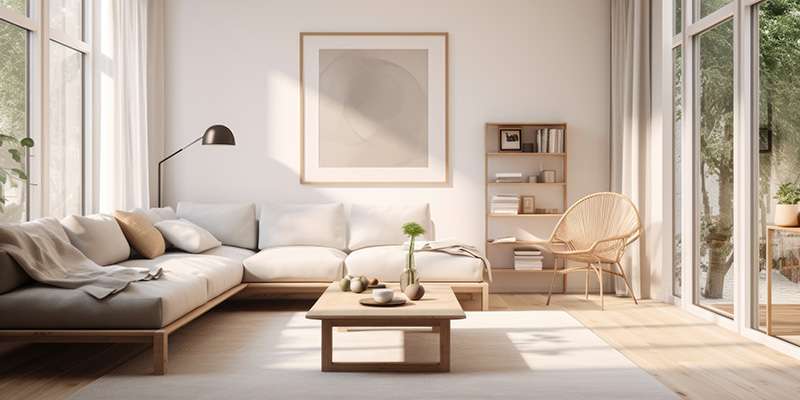BankIowa
Updated 1:14 PM CDT, Wed October 1, 2025
Published Under: Consumer

Selling your home can be an overwhelming, emotional process, but approaching it strategically can significantly impact your selling price and timeline. One of the most effective strategies is staging – the art of preparing your home to appeal to the widest range of potential buyers. It's about showcasing your property's best features and allowing buyers to envision themselves living in the space. No matter if you’re working with a realtor or selling your home on your own, these staging tips will help make a great first impression to buyers.
Declutter and Depersonalize
This is the most crucial step. Buyers need to see the bones of your home, not your personal belongings. Go room by room and eliminate anything that doesn't serve a purpose or detracts from the space. This includes excess furniture, knick-knacks, family photos, and personal collections. Rent a storage unit if necessary to temporarily house these items. The goal is to create a clean, neutral backdrop that allows buyers to project their own lives onto the space.
Cleanliness is Non-Negotiable
A sparkling clean home conveys care and attention to detail. Deep clean every corner, including windows, floors, bathrooms, and kitchen appliances. Pay attention to often-overlooked areas like baseboards, light fixtures, and grout. Freshly cleaned carpets and professionally cleaned or even repainted walls can make a huge difference in the overall impression. Eliminate any lingering odors by airing out the house and using subtle, neutral air fresheners.
Neutralize and Brighten
While your vibrant color choices reflect your personality, they might not appeal to everyone. Opt for neutral paint colors like beige, gray, or off-white to create a blank canvas. Maximize natural light by opening curtains and blinds. Supplement with artificial lighting, ensuring each room is well-lit and inviting. Consider using lamps to create a warm and cozy ambiance.
Strategic Furniture Arrangement
Arrange furniture to showcase the room's purpose and maximize flow. Create clear pathways and avoid overcrowding. In living areas, arrange seating to encourage conversation. In bedrooms, focus on the bed as the focal point and ensure there's ample walking space. Consider removing oversized furniture that makes a room feel smaller.
Highlight Key Features
Identify your home's best assets, whether it's a beautiful fireplace, large windows, hardwood floors, or updated kitchen appliances, and make them focal points. Arrange furniture and decor to draw attention to these features. For example, place a stylish rug in front of the fireplace or ensure window treatments don't obstruct a stunning view.
Add Inviting Touches
While depersonalizing is essential, adding a few carefully chosen, neutral accessories can make a home feel more welcoming. Think fresh flowers or a simple potted plant on the kitchen counter, fluffy neutral throw pillows and blankets on the sofa, and clean, crisp towels in the bathrooms. These small touches add warmth and life without being overly personal.
Pay Attention to Curb Appeal
Your home's exterior is the first impression buyers will have. Ensure the lawn is manicured, the landscaping is tidy, and the entryway is inviting. Consider adding a fresh coat of paint to the front door, placing potted plants by the entrance, and ensuring the walkway is clear and welcoming.
Conclusion
Staging doesn't require a fortune, but it does require thoughtful effort. By implementing these tips, you can transform your house into a buyer's dream, leading to a faster and more profitable sale. Remember, you're not just selling a house; you're selling a lifestyle. Help buyers envision their future within your walls!

Comments